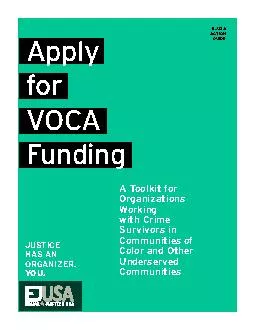PPT-Blank Slide (Hidden) 1 Blank Slide (Hidden)
Author : yoshiko-marsland | Published Date : 2018-11-06
2 Homework Review 3 Project Leadership Chapter 5 4 Telling Your Story Developing and Presenting Your Story to Others Purpose To learn about The importance of storytelling
Presentation Embed Code
Download Presentation
Download Presentation The PPT/PDF document "Blank Slide (Hidden) 1 Blank Slide (Hidd..." is the property of its rightful owner. Permission is granted to download and print the materials on this website for personal, non-commercial use only, and to display it on your personal computer provided you do not modify the materials and that you retain all copyright notices contained in the materials. By downloading content from our website, you accept the terms of this agreement.
Blank Slide (Hidden) 1 Blank Slide (Hidden): Transcript
Download Rules Of Document
"Blank Slide (Hidden) 1 Blank Slide (Hidden)"The content belongs to its owner. You may download and print it for personal use, without modification, and keep all copyright notices. By downloading, you agree to these terms.
Related Documents













![[DOWLOAD]-Made with Love Blank Recipe Book Blank Recipe Journal to Write In, Do It Yourself](https://thumbs.docslides.com/970082/dowload-made-with-love-blank-recipe-book-blank-recipe-journal-to-write-in-do-it-yourself-blank-cookbook-7-x10-134-pages.jpg)
![[eBOOK]-Made with Love Blank Recipe Book: Blank Recipe Journal to Write In, Do It Yourself](https://thumbs.docslides.com/974528/ebook-made-with-love-blank-recipe-book-blank-recipe-journal-to-write-in-do-it-yourself-blank-cookbook-7-x10-134-pages.jpg)